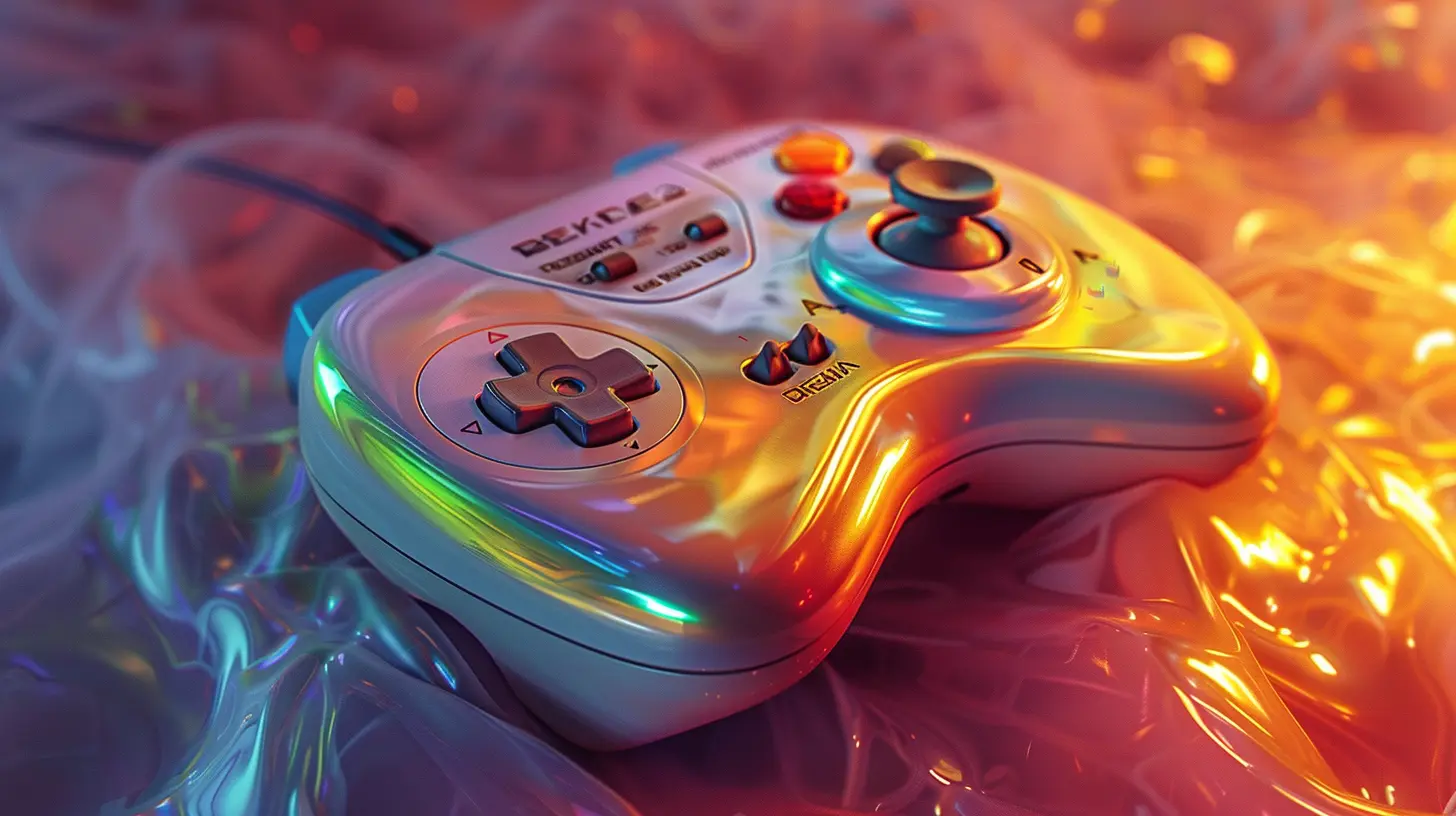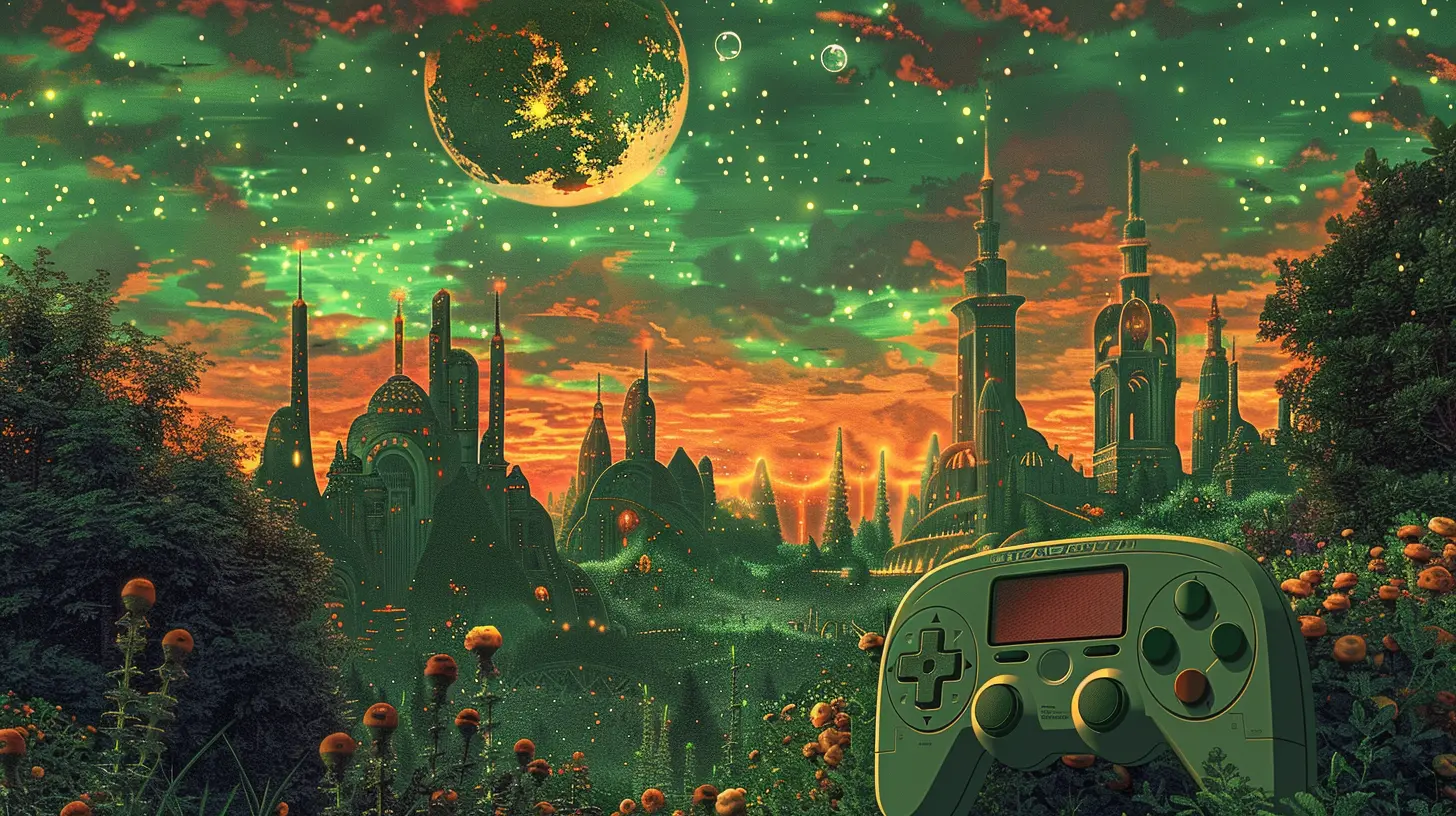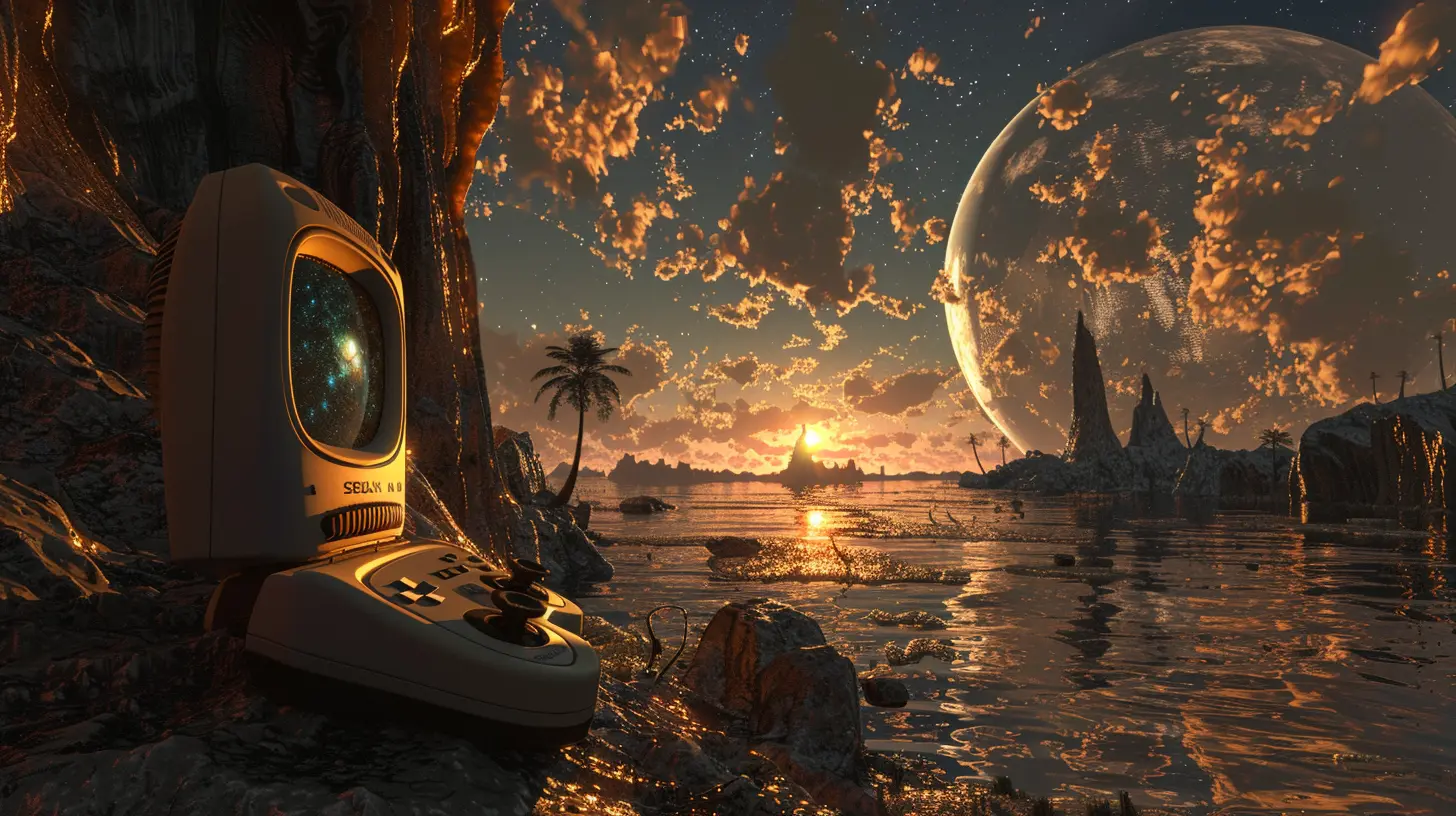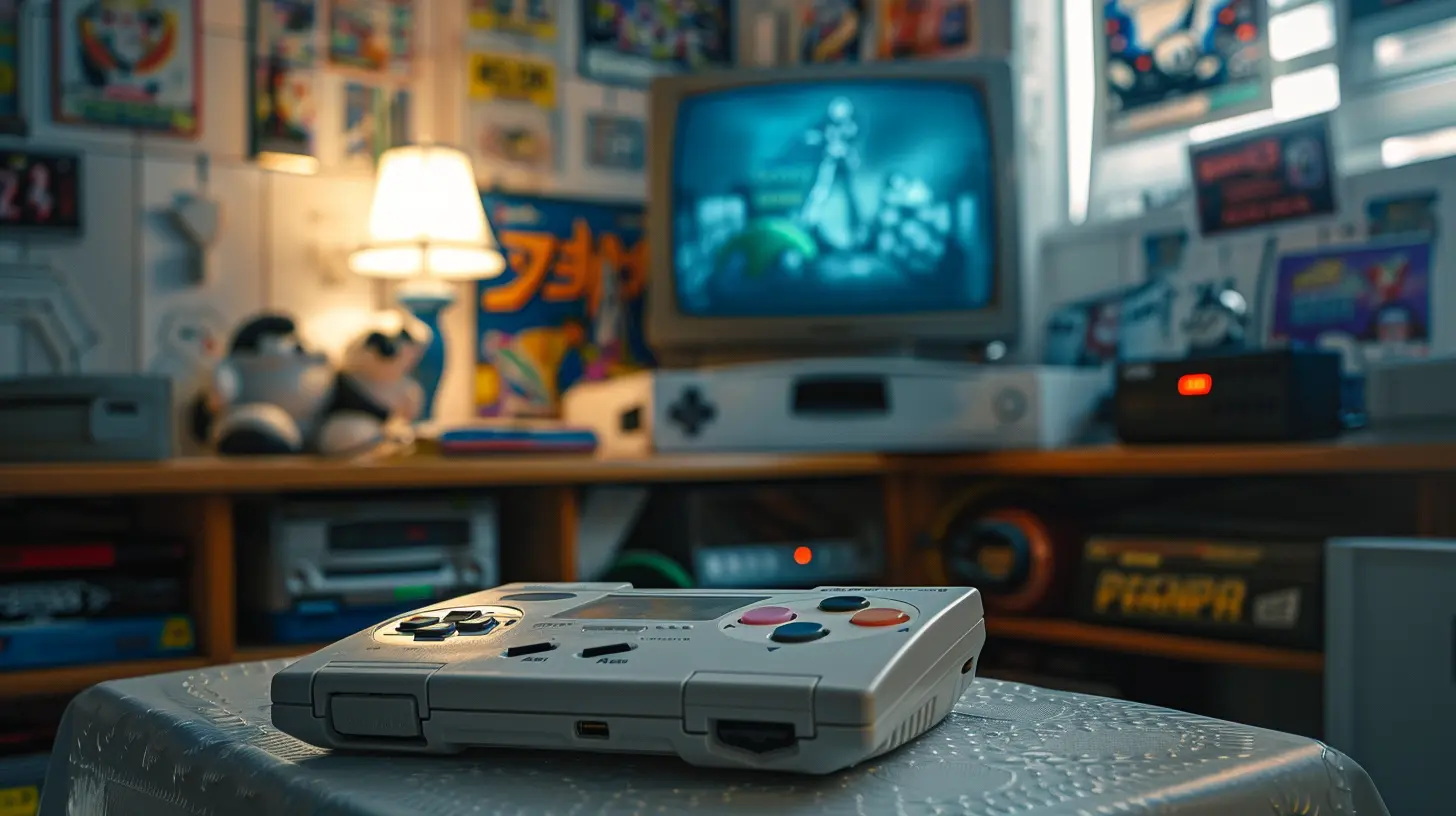The Rise and Fall of the Sega Dreamcast: A Retrospective
27 May 2025
When it comes to gaming history, it’s impossible to talk about consoles without mentioning the Sega Dreamcast. This quirky, ahead-of-its-time machine was Sega’s final foray into the hardware market, and while it burned bright, it didn’t burn for long. If you were a gamer in the late 1990s or early 2000s, you probably remember the Dreamcast fondly—or maybe as a cautionary tale of what could’ve been. Either way, its story is one of innovation, ambition, missteps, and ultimately, heartbreak. Let’s dive into the rise and fall of the Sega Dreamcast and why its legacy still looms large today.
A Console Ahead of Its Time: The Rise of the Dreamcast
Bold Beginnings
The Dreamcast made its grand debut on November 27, 1998, in Japan, and then arrived in North America on September 9, 1999—a date so iconic it’s remembered as "9/9/99." At the time, the gaming landscape was dominated by the Sony PlayStation and the Nintendo 64, with Sega’s previous console, the Sega Saturn, struggling to stay relevant. The Dreamcast had a lot riding on its shoulders. If this console flopped, it could spell the end of Sega's hardware business. Spoiler alert: that’s exactly what happened. But we’ll get to that in a second.Out of the gate, the Dreamcast didn’t just make waves—it caused a tsunami. With its sleek white design, a futuristic-looking controller, and cutting-edge technology, this console screamed innovation. For one, it was the first console to include a built-in modem for online gaming. Yup, before Xbox Live or PlayStation Network, Sega was already dabbling in online connectivity. That was a massive deal in 1999, considering most of us were still figuring out dial-up internet.
The Dreamcast also boasted surprisingly powerful hardware for its time. Thanks to its 128-bit architecture, it could deliver visuals that rivaled arcade machines. Games like Sonic Adventure, Soulcalibur, and Shenmue didn’t just look good—they were jaw-dropping. Sega promised gamers an arcade-quality experience right in their living rooms, and for the most part, they delivered.
The Library: A Gamer’s Dream
The Dreamcast’s library of games was another highlight. Titles such as Crazy Taxi, Jet Set Radio, and Power Stone became instant classics, while sports sims like NFL 2K and NBA 2K set new standards for realism. And then there was Shenmue, the ambitious RPG often described as the precursor to modern open-world games. It was unlike anything we’d seen before—or since.But Sega didn’t just rely on big-budget blockbusters. They also gave indie developers and smaller studios a platform to experiment. The result? A diverse collection of games that appealed to hardcore gamers, casual players, and everyone in between. The Dreamcast felt like a playground where creativity thrived.
The Fanbase: A Cult Following
The Dreamcast quickly gained a loyal fanbase. Gamers loved its forward-thinking features, innovative games, and sheer charm. It felt like owning a piece of the future, a console that wasn’t afraid to take risks. For a while, it seemed like Sega had learned from the mistakes of the Saturn and was back on track to reclaim its spot as a gaming powerhouse. Unfortunately, this optimism was short-lived.
Stumbling Blocks: Why Did the Dreamcast Fail?
The PlayStation 2 Juggernaut
You can’t talk about the Dreamcast’s demise without mentioning the PlayStation 2. When Sony announced the PS2, it was game over for Sega (pun intended). The PS2 wasn’t just a gaming console—it was a multimedia powerhouse that doubled as a DVD player. At the time, DVDs were the hottest thing in home entertainment. Why buy a standalone DVD player when you could get a PS2 for roughly the same price and play cutting-edge games?Sega simply couldn’t compete with that. The Dreamcast used GD-ROMs (basically modified CDs) for its games, which had far less storage capacity than DVDs. This meant that as games got bigger, the Dreamcast was left in the dust. Plus, the PS2’s hype machine was unstoppable. Gamers were so excited for Sony’s new console that many skipped the Dreamcast entirely, waiting for the next big thing.
Poor Timing and Marketing Blunders
Timing is everything, and the Dreamcast launched at a weird point in gaming history. The PlayStation and Nintendo 64 still had plenty of life left in them, and the next generation of consoles (PS2, Xbox, GameCube) was just around the corner. The Dreamcast found itself awkwardly sandwiched between two eras, and many gamers weren’t ready to make the leap.Sega’s marketing didn’t help matters, either. The company famously bungled the Saturn’s launch by releasing it without sufficient warning or developer support, and the Dreamcast couldn’t shake that legacy. Retailers and publishers were wary of Sega, and consumers weren’t sure if the company could be trusted to stick around.
Financial Struggles
Let’s not forget the elephant in the room: money. Sega was bleeding cash by the time the Dreamcast launched. The Saturn's poor sales had decimated the company’s finances, and the Dreamcast was essentially their Hail Mary pass. Even though the console sold well initially—hitting 10 million units worldwide—it wasn’t enough to keep Sega afloat. By 2001, the company pulled the plug on the Dreamcast and officially exited the hardware market.
The Legacy of the Sega Dreamcast
Ahead of Its Time, But Underappreciated
Looking back, it’s clear that the Dreamcast was way ahead of its time. Features like online multiplayer, downloadable content, and innovative game mechanics are standard today, but in 1999, they were downright revolutionary. The console laid the groundwork for many of the things we now take for granted in gaming.At the same time, the Dreamcast’s failure serves as a cautionary tale. It’s proof that being innovative isn’t always enough—you also need strong marketing, financial stability, and a little bit of luck. Sega had so many good ideas, but they couldn’t execute them in a way that resonated with the mainstream audience.
A Cult Classic
Despite its commercial failure, the Dreamcast lives on as a cult classic. Retro gaming enthusiasts still rave about its unique library, and fan communities continue to create new content for the console. Some indie developers even release brand-new Dreamcast games, keeping the spirit of this beloved machine alive.The Dreamcast also holds a special place in the hearts of Sega fans. It was the company’s last hurrah in the hardware business—a bittersweet goodbye to an era of gaming defined by bold ideas and unshakable optimism.
Final Thoughts: What Could’ve Been
The Sega Dreamcast isn’t just a footnote in gaming history—it’s a symbol of what the industry could be when companies dare to dream big. It’s a reminder that success doesn’t always come to the most deserving, and that sometimes the most innovative ideas are the ones that get overlooked.So, here’s to the Dreamcast: a console that shot for the stars, stumbled, and fell—but left a legacy that will never be forgotten. Whether you owned one or just heard about it in whispers of gaming nostalgia, the Dreamcast is proof that sometimes, the most interesting stories come from the biggest failures.
all images in this post were generated using AI tools
Category:
Retro GamesAuthor:

Greyson McVeigh
Discussion
rate this article
3 comments
Briar Coffey
A brilliant console, but poor marketing doomed it.
June 1, 2025 at 3:39 AM

Greyson McVeigh
Thank you for your comment! Indeed, the Dreamcast's innovative features were overshadowed by marketing missteps that contributed to its decline.
Kristy Garcia
In twilight's embrace, the Dreamcast soared, a comet bright, yet fell to shadowed shores. An echo of dreams, forever cherished, in our gamer hearts it soars.
May 29, 2025 at 3:53 PM

Greyson McVeigh
Thank you for capturing the Dreamcast's spirit so beautifully! It truly remains a nostalgic gem in gaming history.
Lillian Newton
The Sega Dreamcast may have had its ups and downs, but its innovative spirit and unforgettable games continue to inspire gamers today. Let's celebrate its legacy and remember that every journey, no matter how brief, leaves a lasting impact!
May 29, 2025 at 4:46 AM

Greyson McVeigh
Thank you for highlighting the Dreamcast's legacy! Its impact on gaming truly endures through its innovation and memorable titles.



